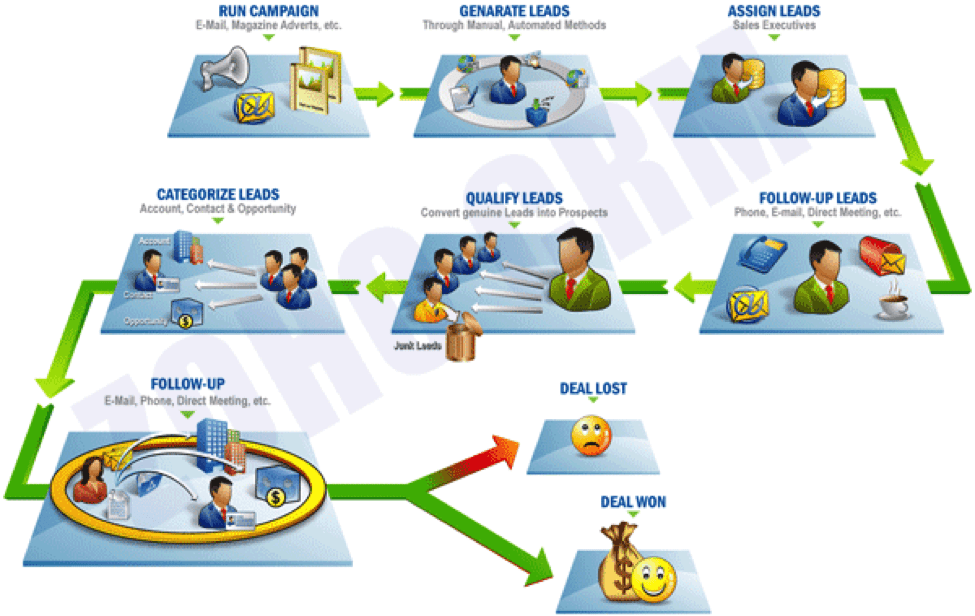I have a confession to make … You would think that as the founder of a business that helps other businesses choose and implement software systems I would have an IT or systems engineering background, right?
Nope. I’m just a bit of a technology enthusiast who loves working out how to make things run more smoothly, with less effort, using cool software that’s so clever it never ceases to amaze me. For example, the chain of events that can be set in motion by the simple action of someone entering their name and email address into a form on a website, which is incredibly powerful and expansive.

I don’t expect to ever be able to build a piece of software myself – you surely need a maths brain for that. But I love the idea that as business owners we can take out-of-the-box cloud-based software and use it to power our daily operations, leverage our time and build a framework for growing a successful business. Many of the available softwares integrate natively with each other to share data between them. Much of this is made possible by APIs, either written as a piece of custom code or via third-party integration tools like Zapier or One Saas.
What does ‘API’ mean?
‘API’ stands for ‘Application Programming Interface’. Put simply, an API is like a contract between two people. The API (or contract) is a set of instructions written by a developer (instead of a lawyer) that allow software systems to ‘talk to’ or ‘understand’ each other, and in the process share information or use each other’s services.
What are APIs used for?
The sharing of information in this way is made possible by a process referred to as ‘parsing’, which means to determine the meaning of a string of words and phrases in order to understand them. It’s just the ability of one system to recognise and understand the language spoken by the other, and take action or carry out requests on its behalf. It’s kind of like an Australian buying a coffee in Italy – they don’t need to be fluent in Italian to say, ‘Ciao, un caffe, per favore’ and have their request carried out.
APIs allow a little understanding between two systems in order to exchange information and take action based on it. For example, an API can make it possible for client details in your accounting software to be automatically updated when client details in your CRM are updated, as in this case study. Each system opens up access to certain pieces of data to allow the exchange or update of fields in a structured way.
With or without API
It’s important to note, however, that pieces of software can interact with or without an API. With an API, the exact structure of the request and the response are documented upfront and will be consistently acted upon in the same way or deliver the same outcome. Without an API, one system has to read or ‘interpret’ the other’s content each time, like a human does when looking at a diagram or reading instructions. This means that the system relies on the other never changing its look or content. If it does, the system may stop working because it can no longer understand or parse the content of the other anymore.
For example:
Without API:
A ‘contact us’ web enquiry form using a plugin like Gravity Forms collects the person’s name, email, etc. and delivers it to your CRM, interpreting where it should put the data in the system.
With API:
The ‘contact us’ web enquiry form is submitted and a message is sent directly to your CRM, which replies with a structured response telling it exactly where to put the data, and what action to take next, like send an alert or reply.
What are the benefits of APIs?
With an API, the request and response are structured and agreed upon upfront by the two systems and are likely to remain constant, regardless of whether you change the look and feel of the web form or other features and functionality of your website.
Without an API, you are relying on the web form to have the ability to interpret and adapt to changes you might make on your website or in your CRM. If you make changes that the form doesn’t understand, it may stop working or deliver the data to the wrong place because it can no longer parse (understand) the information. An example of this would be when an automatic update is run on your WordPress site and breaks your Gravity Form plugin. All of a sudden, your webform is no longer pushing that information into your CRM. It may appear to be working, but in fact neither you nor the person submitting the enquiry will necessarily be alerted that it’s not, which will probably result in their being annoyed that you’ve not contacted them – precious leads slipping though the cracks.
So using an API is preferable because it is more robust. You can rely on the structured contract in place between the two systems to continue to work, regardless of any small aesthetic changes you might make to your website.
Ask Squirrel
Squirrel Business Solutions specialises in finding the right systems and integrating those systems to improve business processes. If you would like to learn more about how you can make sure that structured conversations are taking place between your systems, book a free consult today.
Image credit: Algoworks

